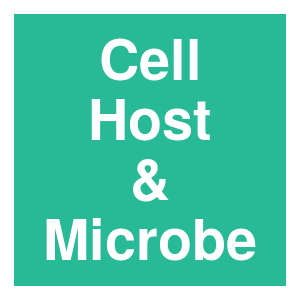Living in the endosymbiotic world of Wolbachia: A centennial review

|
R. Kaur, J. D. Shropshire, K. L. Cross, B. Leigh, A. J. Mansueto, V. Stewart, S. R. Bordenstein and S. R. Bordenstein,
Cell Host and Microbe,
29:879-893.
2021.

The most widespread intracellular bacteria in the animal kingdom are maternally inherited endosymbionts of the genus Wolbachia. Their prevalence in arthropods and nematodes worldwide and stunning arsenal of parasitic and mutualistic adaptations make these bacteria a biological archetype for basic studies of symbiosis and applied outcomes for curbing human and agricultural diseases. Here, we conduct a summative, centennial analysis of living in the Wolbachia world. We synthesize literature on Wolbachia’s host range, phylogenetic diversity, genomics, cell biology, and applications to filarial, arboviral, and agricultural diseases. We also review the mobilome of Wolbachia including phage WO and its essentiality to hallmark reproductive phenotypes in arthropods. Finally, the Wolbachia system is an exemplar for discovery-based science education using biodiversity, biotechnology, and bioinformatics lessons. As we approach a century of Wolbachia research, the interdisciplinary science of this symbiosis stands as a model for consolidating and teaching the integrative rules of endosymbiotic life. More related to this: Wolbachia as a possible means of driving genes into populations Gene Drives: Saving Lives Or Powering Extinctions? Vector control: Discovery of Wolbachia in malaria vectors Wolbachia and cytoplasmic incompatibility in mosquitoes
|



